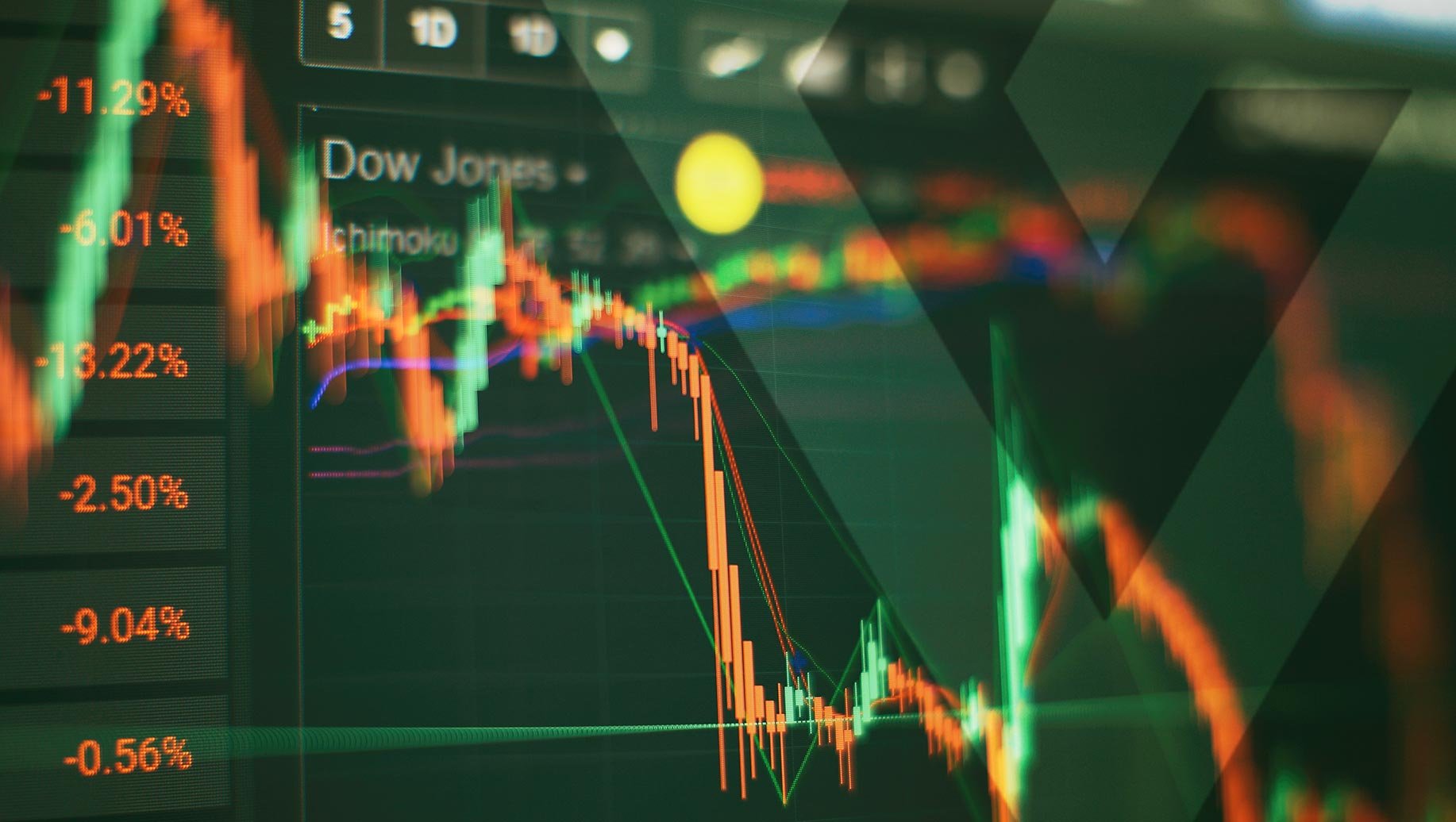The Different Phases Of The “Covid Economy”
Posted by Clark Chandler on May 28, 2020

Recently, there’s been no shortage of articles on the impact of COVID-19 on transfer pricing, most of which discuss specific transfer pricing issues raised by the current economic disruption (e.g., the impact of losses on LRDs). Many of these articles offer a number of interesting insights.
But I think something has been missing. While the economic impacts of COVID-19 have clearly been “bad,” the ways in which they are bad are very different during the lockdown than during the economic recession that is likely to follow. (Tweet this!) While there are clearly different ways of thinking about this, I think it is useful to split the COVID-19 economy into the following four phases:
- Phase 1: The “Lockdown.” The first response to the virus has been to tell people to interact with one another as little as possible. Non-essential businesses are closed, workers are staying home. The costs of the lockdown are generally shared among the closed businesses (retail stores have no sales), suppliers to the closed businesses (retail stores often pay no rent to mall owners while the mall is shut down), and the government (most governments have implemented various subsidies to mitigate the economic damage caused by the lockdown).
- Phase 2: The “Dance.” Following the lockdown, economies start to open up. But until an effective vaccine is found, the virus remains highly contagious and therefore people need to manage their interactions with each other in a way that minimizes contagion, and at the very least keeps new infections below a level that overwhelms the local health systems. Non-essential businesses may reopen, but under conditions that are far from normal and which are often unlikely to be profitable.
- Phase 3: The “Recession.” Both the ability and willingness of consumers and investors to spend money on goods and services are likely to be compromised as a result of measures taken to manage the spread of the virus. In the U.S., unemployment levels appear to already match those last seen in the Great Depression, and there is a general consensus that consumers and investors will not be spending as much as they were six months ago. The depth and length of the recession are unknown—will it vanish quickly after the emergence of a vaccine, or will it linger for years?
- Phase 4: “Disruption.” COVID-19 may lead to disruptive changes in the economy. Changes in supply chains and working patterns arising during the Lockdown and Dance stages may become permanent. Companies may decide to save money by minimizing business travel and having employees work from home. Investments in equipment made to allow for social distancing and fewer workers may become permanent. These changes will create winners and losers, each of which will face their own set of economic issues.
Finally, the economic changes listed above may be accompanied by equally significant changes in the regulatory environment. BEPS has already led to significant changes in how tax authorities view tax and transfer pricing; the economic pressures imposed by COVID-19 can also be expected to shape the way in which governments view tax and transfer pricing going forward. While I do not pretend to have a precise roadmap for the direction of such changes (will mounting deficits force tax authorities to seek more tax income and recapture income sheltered in tax havens, or will prolonged unemployment lead to aggressive tax competition to make sure that “my” country recovers first?), I do suspect that the past will become a much less reliable predictor of the future than I would have thought just a couple of months ago. Business arrangements that made excellent sense yesterday may be untenable tomorrow.
Transfer pricing analyses are closely linked to economic conditions, and therefore the transfer pricing issues that arise during the Lockdown—which, like the Dance, is clearly something that we have not seen before—are likely to be different from those that arise during the Recession (which we did see in 2008 and 2009), or due to the long-term disruptive impacts of the economic response to COVID-19 (which are likely to mirror the challenges seen in business restructuring). In subsequent articles I will explore what we can expect during each of the different phases of the COVID-19 economy in more detail.
Any opinions expressed in this article are those of the author, and not necessarily those of Valentiam Group.
Topics: Transfer pricing, COVID-19
Related Posts
Fred Johnson Joins Valentiam Group as Partner and Dispute Resolution Practice Leader
We are pleased to announce the addition of Fred Johnson as a partner at Valentiam Group.
Dr. Stephen Blough Joins Valentiam Group as Partner
We are pleased to announce the addition of Dr. Stephen Blough as a partner in the firm.


